Whether for assembly work, facade cleaning, or tree trimming – anyone renting a work platform should know exactly how far the device can actually reach when in use. This doesn't just depend on the working height or load capacity, but above all on the question: Is the reach truly sufficient – or was it just calculated in linear terms?
Inaccurate planning quickly leads to problems. The platform can't be positioned as intended, the job is delayed, or a larger machine has to be organized at short notice. This costs time, money, and sometimes even the contract. This guide will show you how to realistically plan reach and avoid common mistakes.
Straight line distance is not enough – what really matters
Many users base their route on the distance between the deployment site and the planned parking location. In practice, this value is rarely meaningful. Fences, embankments, walls, or traffic areas significantly influence the actual travel path.
Example: A hall is located 14 meters from the driveway—theoretically appropriate. However, between the road and the building lies a lawn with low load-bearing capacity or a fence that cannot be opened. In both cases, the reach of the planned stage is insufficient.
How to determine the range correctly
The lateral reach of a work platform depends on the type of equipment, working height, installation location, and surroundings . A realistic assessment begins with a detailed analysis of the site.
1. Check the deployment site in advance
An on-site inspection is the safest approach. Alternatively, photos or blueprints can help identify obstacles early on. The key factors are how close the platform can actually get to the object and whether the floor is stable.
2. Choose a realistic installation point
When calculating the reach, only the point at which the platform is safely positioned counts. Property boundaries, driveway widths, and slopes influence the actual position. An overly optimistic positioning estimate can quickly lead to incorrect decisions.
3. See height and range in context
A high working height doesn't automatically mean a large lateral reach. Scissor lifts usually only offer vertical lifting, while articulated or telescopic platforms can flexibly guide the work basket over obstacles.
Understanding boom geometry and load diagrams
Each platform has a manufacturer-specific load chart that describes the load capacity and boom position. Plan with safety margins—ideally 10%. Consider boom angles, basket load, and overhangs to avoid exceeding the tipping and overload protection.
Stability and support systems
The stability of the platform depends directly on the ground conditions and the correct use of support pads . Check the minimum load-bearing capacity ( ground load ) of the subsurface (in kN/m²) beforehand and observe slope limits according to EN 280. Additional support pads are required on uneven ground.
Assess wind and weather correctly
Weather conditions significantly impact operational safety. Maximum wind speeds, temperature ranges, and humidity must be observed. Operation must be discontinued in strong winds exceeding 12 m/s, rain, or icing. Lightning protection and grounding measures must be observed during thunderstorms.
Consider dynamic operating conditions
Personnel and material in the work basket change the center of gravity. Vibrations, slewing movements, and travel in the lift position must be taken into account in the planning. A reserve capacity of at least 10% increases safety and stability during operation.
Plan transport, assembly and dismantling correctly
When transporting, consider the dimensions when retracted, as well as the clearance heights and access routes. Plan realistically for the time and personnel required for assembly and disassembly. An assembly checklist helps ensure you have all the tools and equipment at hand.
Ensure electrical supply
For electric or hybrid platforms , the power connection, fuse protection, and cable lengths are crucial. Avoid voltage drops of more than 10%. Check the junction boxes for suitability and ensure that the power cable is laid freely and with strain relief.
Know standards and certificates
For mobile elevating work platforms, EN 280 , DGUV Regulation 70 , and the German Ordinance on Industrial Safety and Health apply. Observe inspection intervals: annual general inspection, semi-annual interim inspection. Every platform must be CE-marked and have a valid declaration of conformity.
Work and rescue concepts
A well-thought-out rescue plan is mandatory. This includes automatic or manual lowering systems , personal protective equipment with rescue carabiners, and clear communication channels between the operator and ground personnel. In sensitive areas, coordination with the fire department or emergency services is recommended.
Monitor soil condition and slope
During operation, pressure sensors or inclinometers should detect changes in the subsoil. Subsidence or tilt must be documented and assessed immediately. Trained operators can correctly interpret measured values and respond.
Calculate inclination and tipping moment
Project and deployment documentation
Complete documentation ensures safety and traceability. This includes checklists, test reports, and photographic documentation of the installation site. All test reports and operating instructions should be archived centrally.
Which stage for which use?
The choice of device type depends on the range required and the location of use:
- Telescopic work platforms – long reach, ideal for open areas.
- Articulated telescopic platforms – flexible when obstacles need to be bridged.
- Truck-mounted work platforms – mobile and quickly relocated, ideal for changing locations.
- Scissor lifts – large platform area, but only vertical lifting.
- Crawler work platforms – compact, all-terrain, suitable for difficult ground conditions.
Avoid typical planning mistakes
- Never assume a straight line – determine the actual parking space.
- Check lateral obstacles and ground conditions early.
- Plan your range with a reserve – it’s better to allow for a little more overhang.
- Check access routes and setup areas in advance.
Consulting saves time, money and nerves
At BIBERGER, you not only get a wide selection of modern work platforms, but also expert advice from experienced specialists . We help you correctly assess the reach, ground conditions, and installation requirements, and select the right platform for your application .
Upon request, we can also conduct an on-site site visit —including analysis, delivery, and training. This ensures you work safely, efficiently, and with the right equipment for every task.


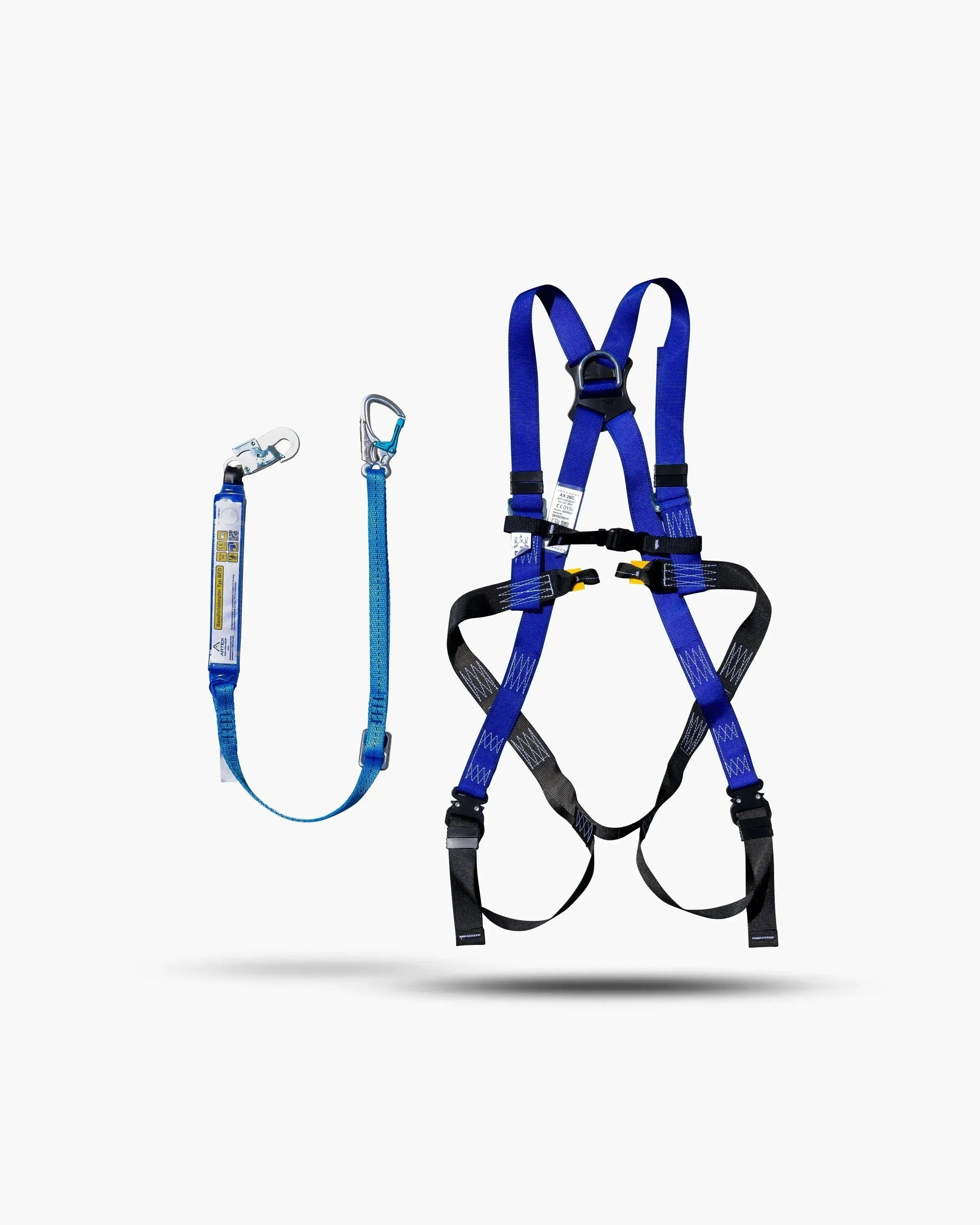


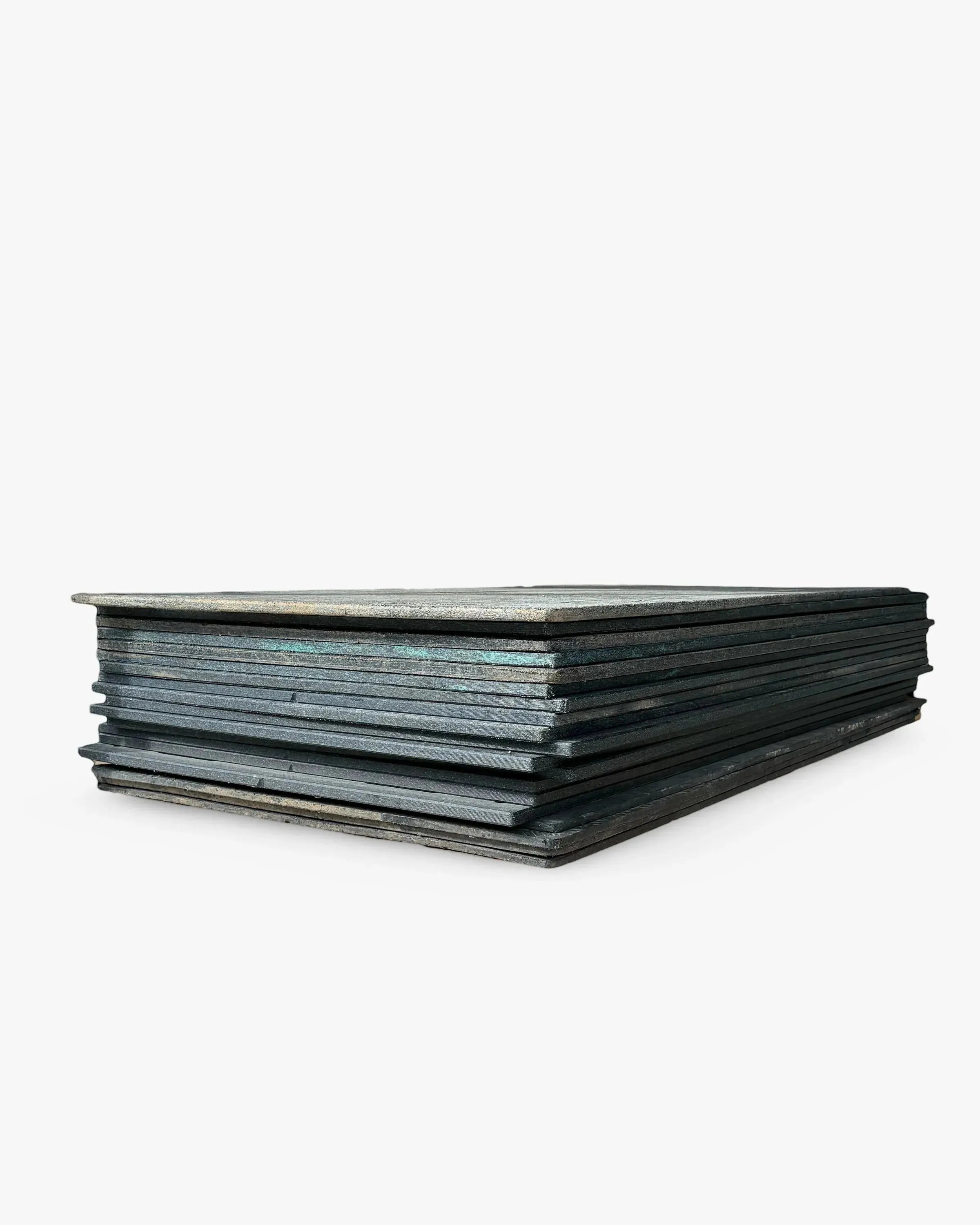

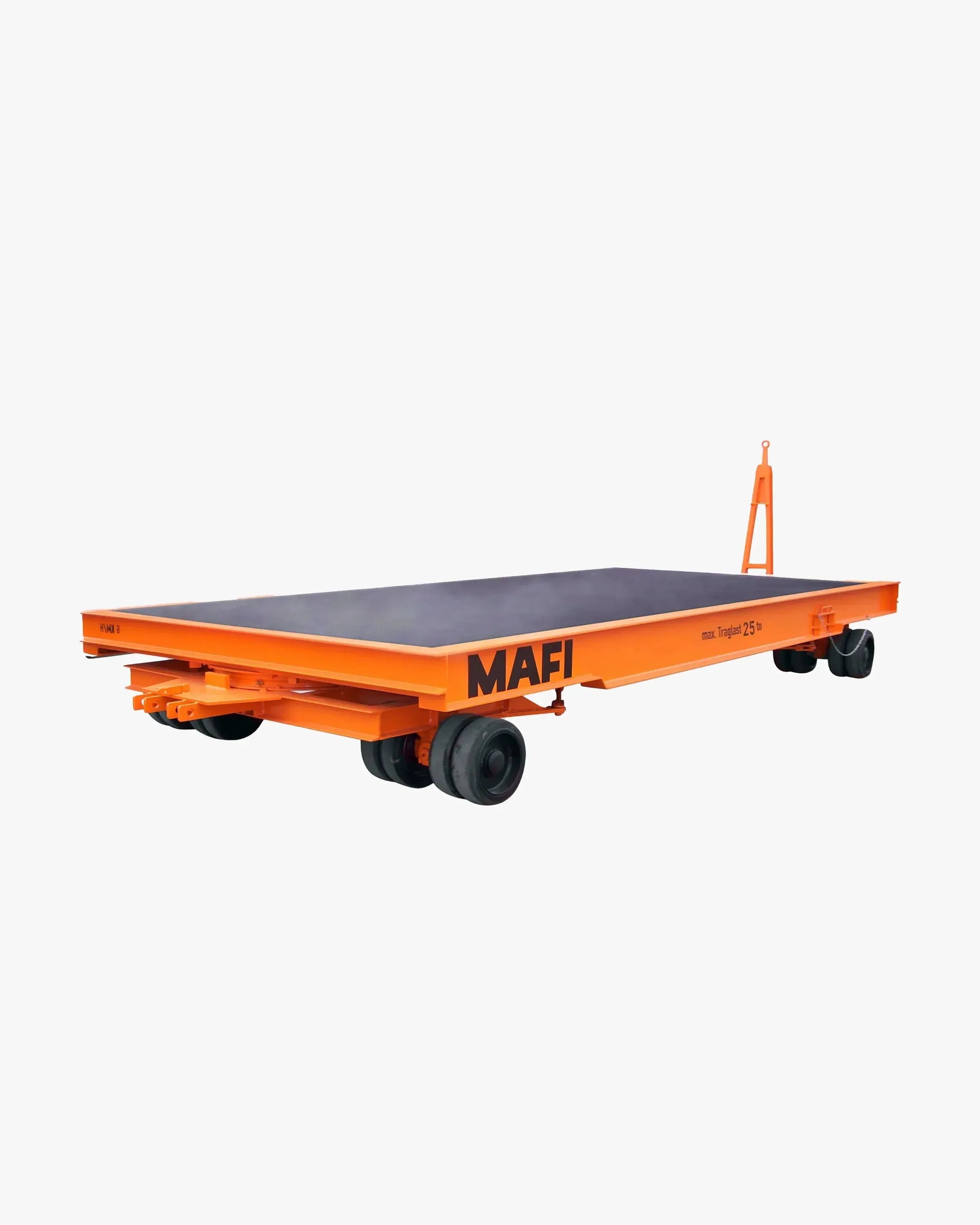
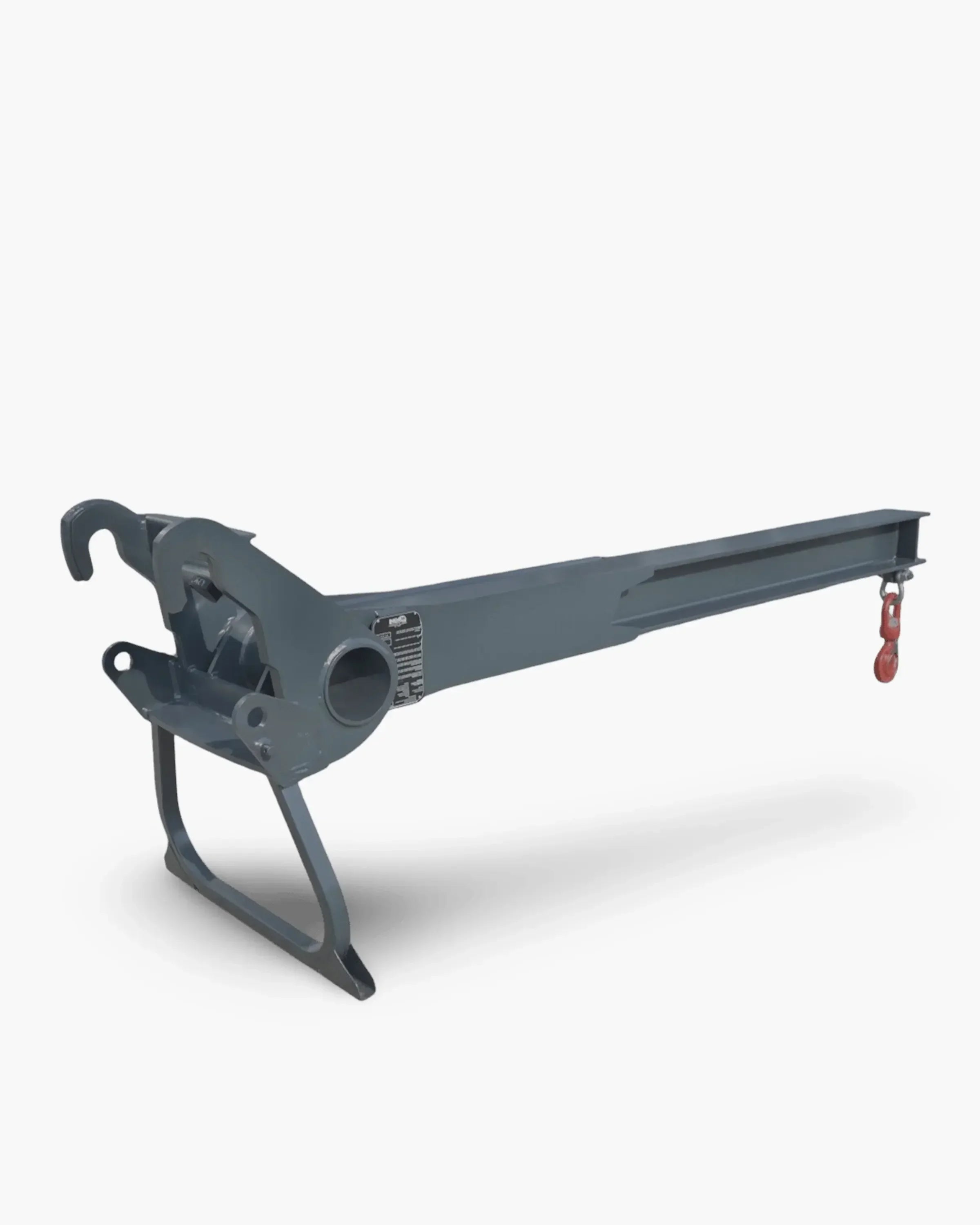
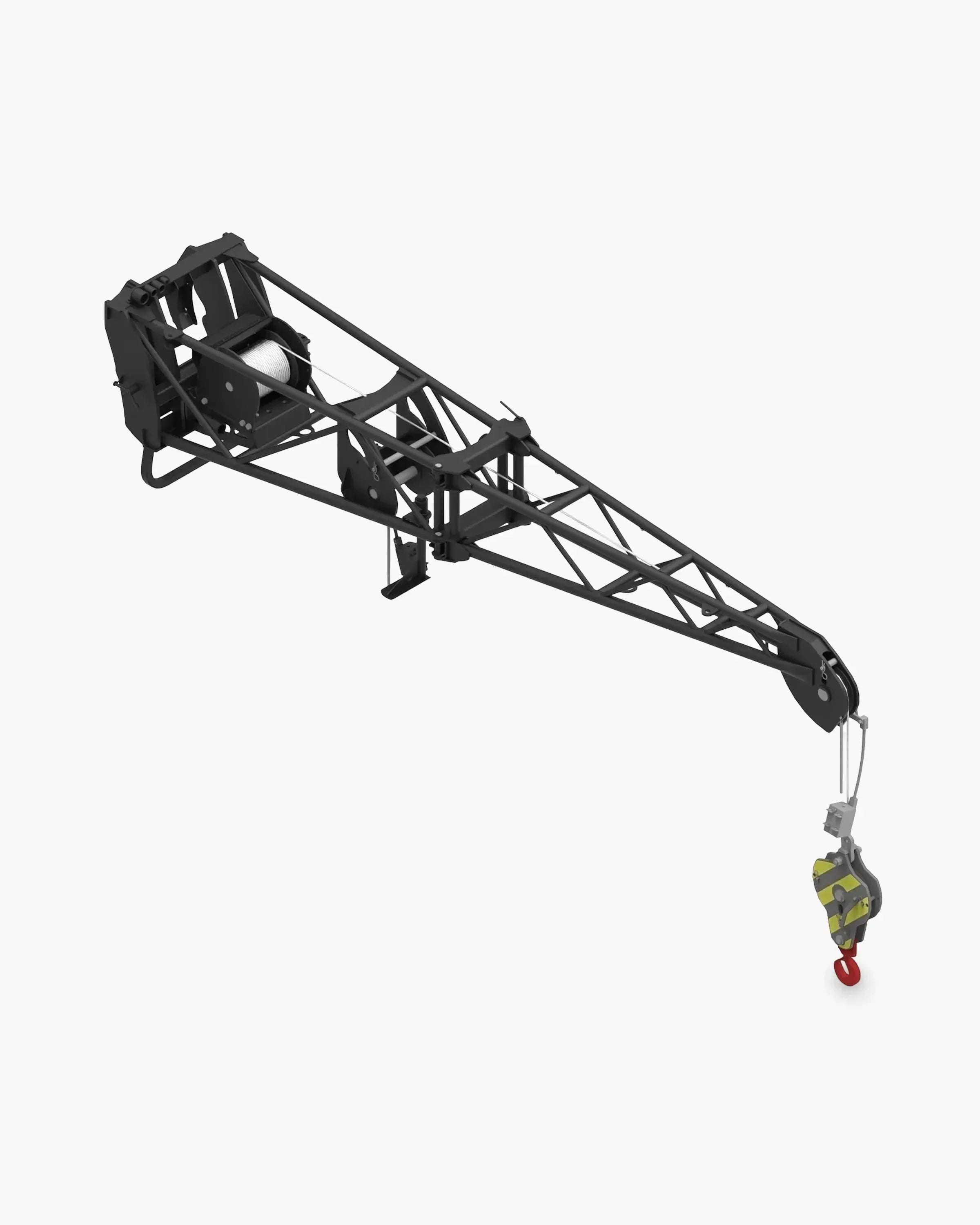
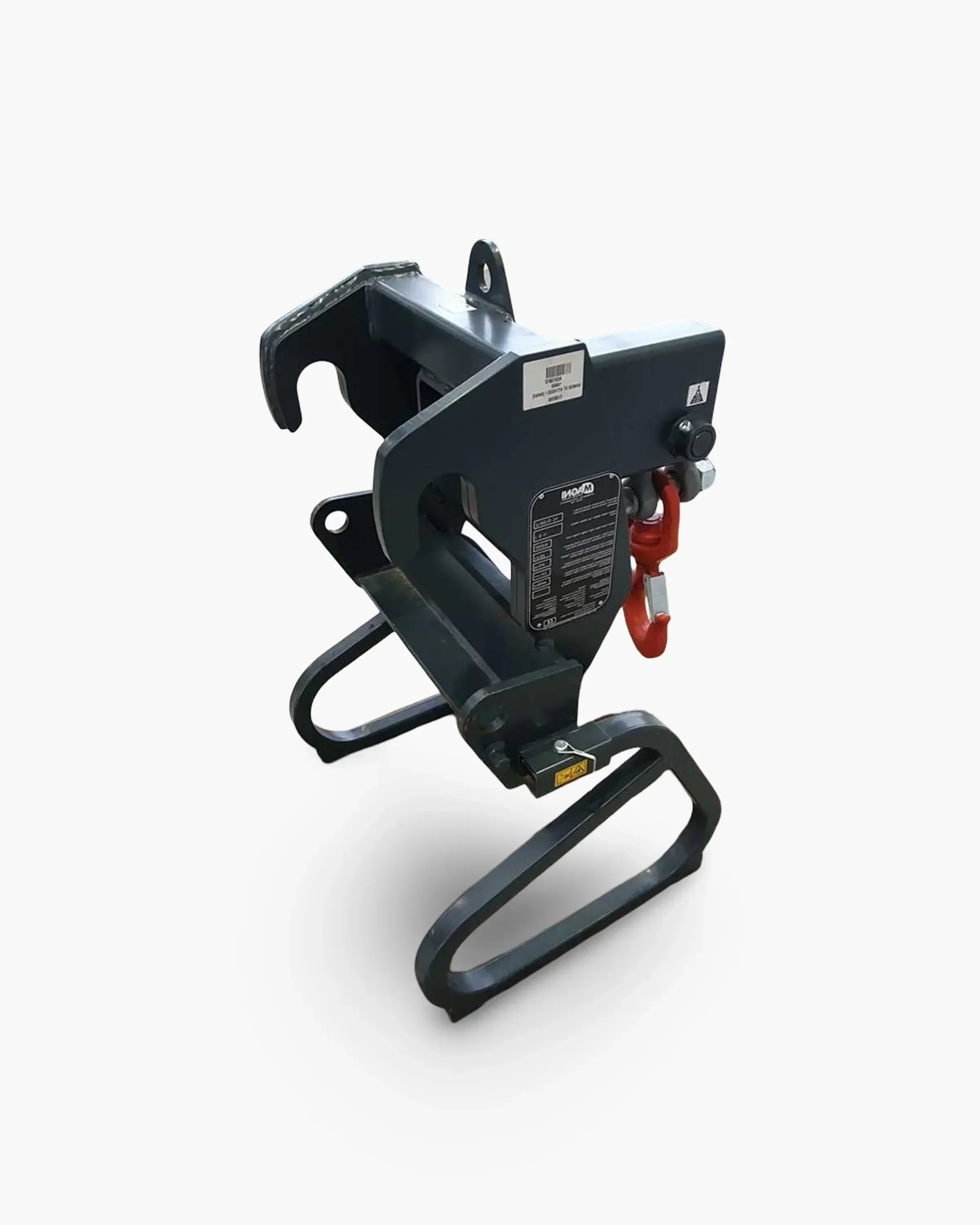

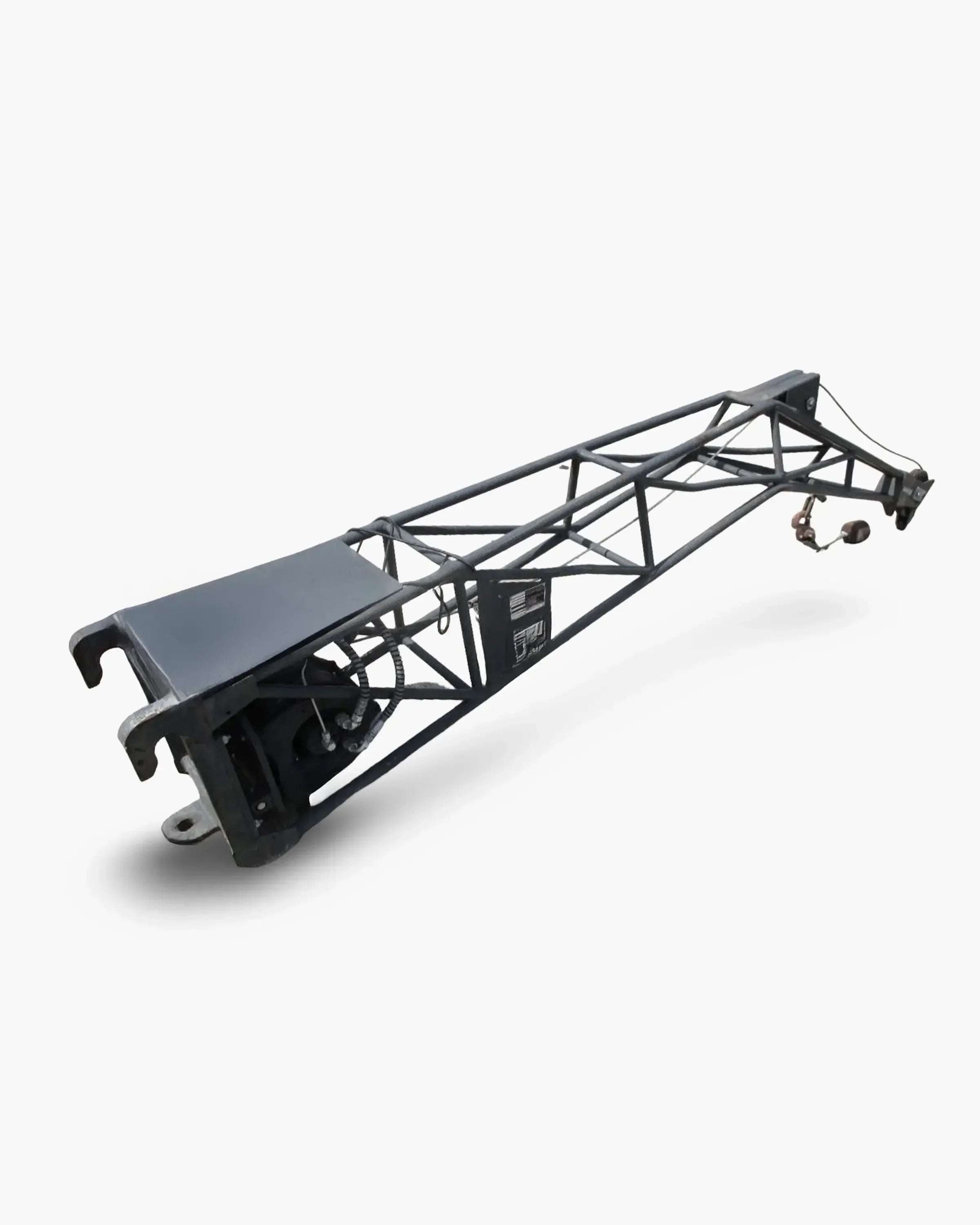
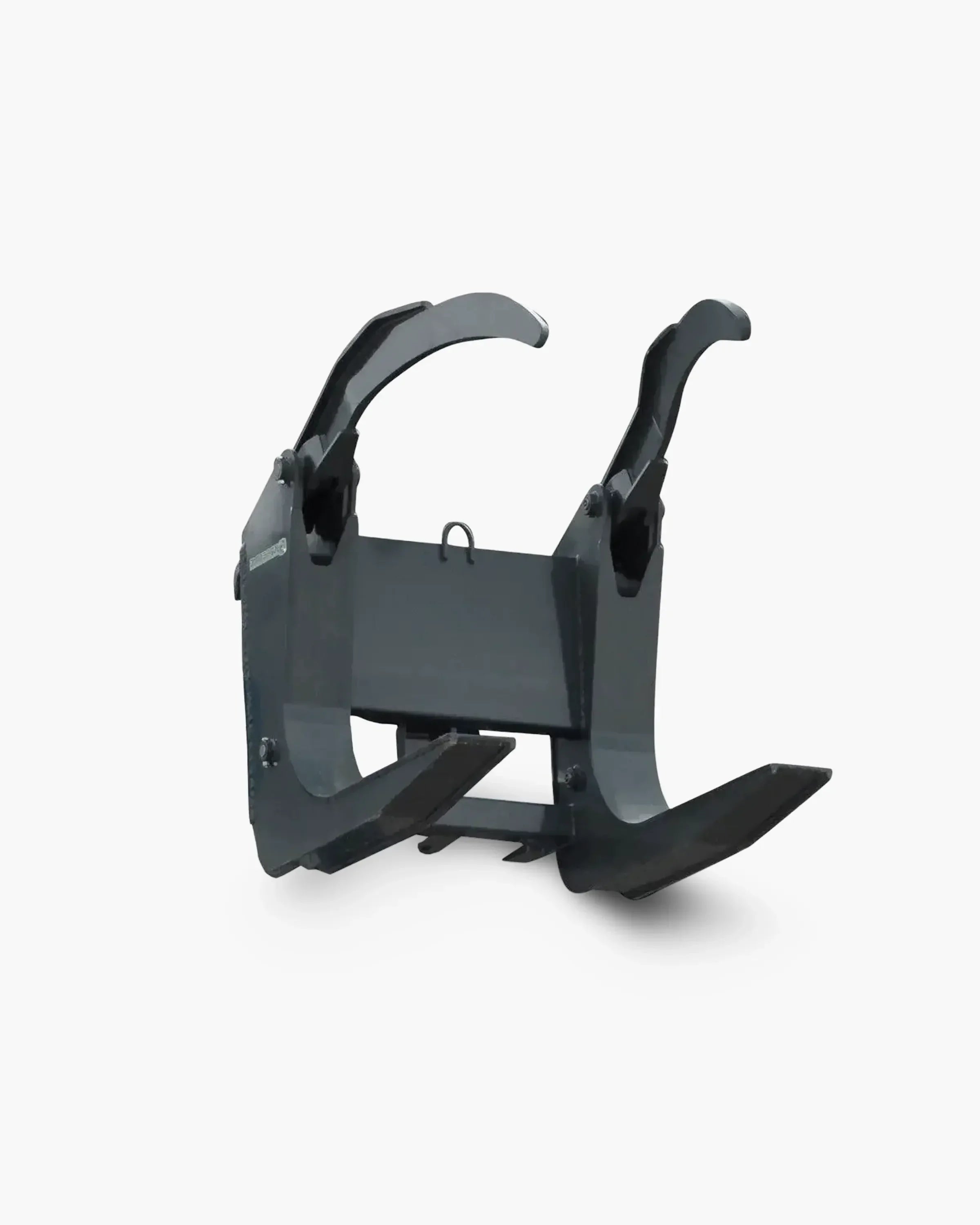
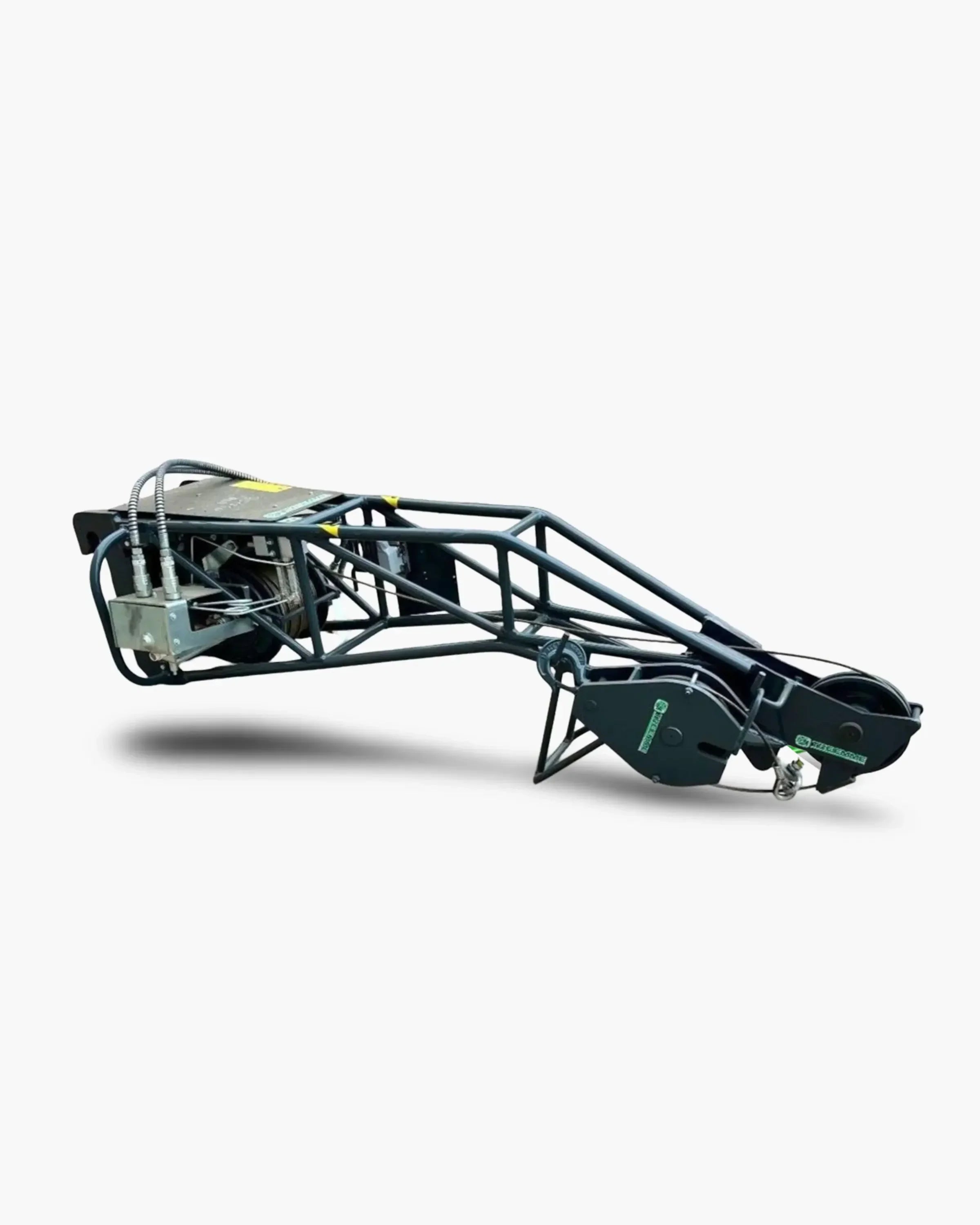

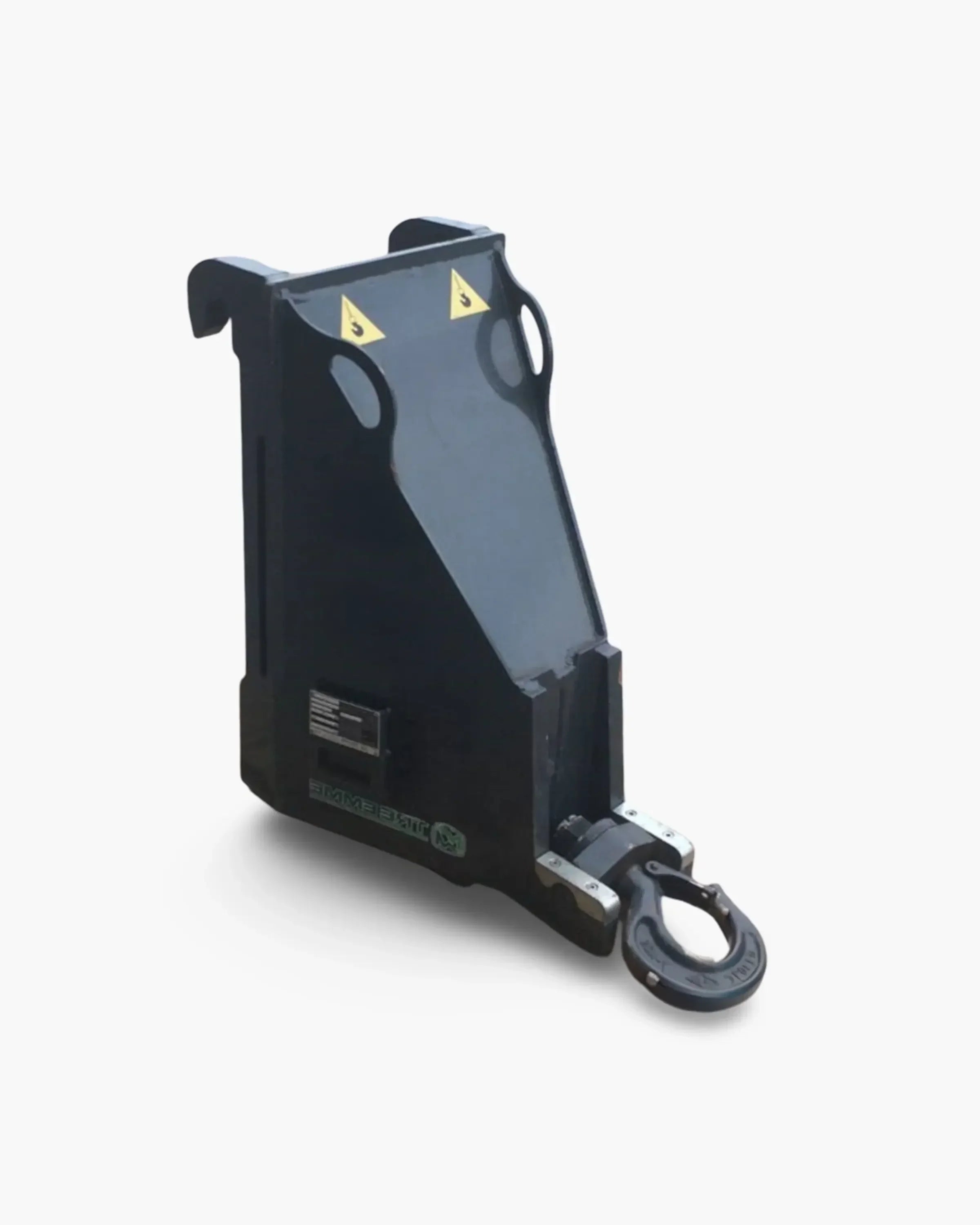
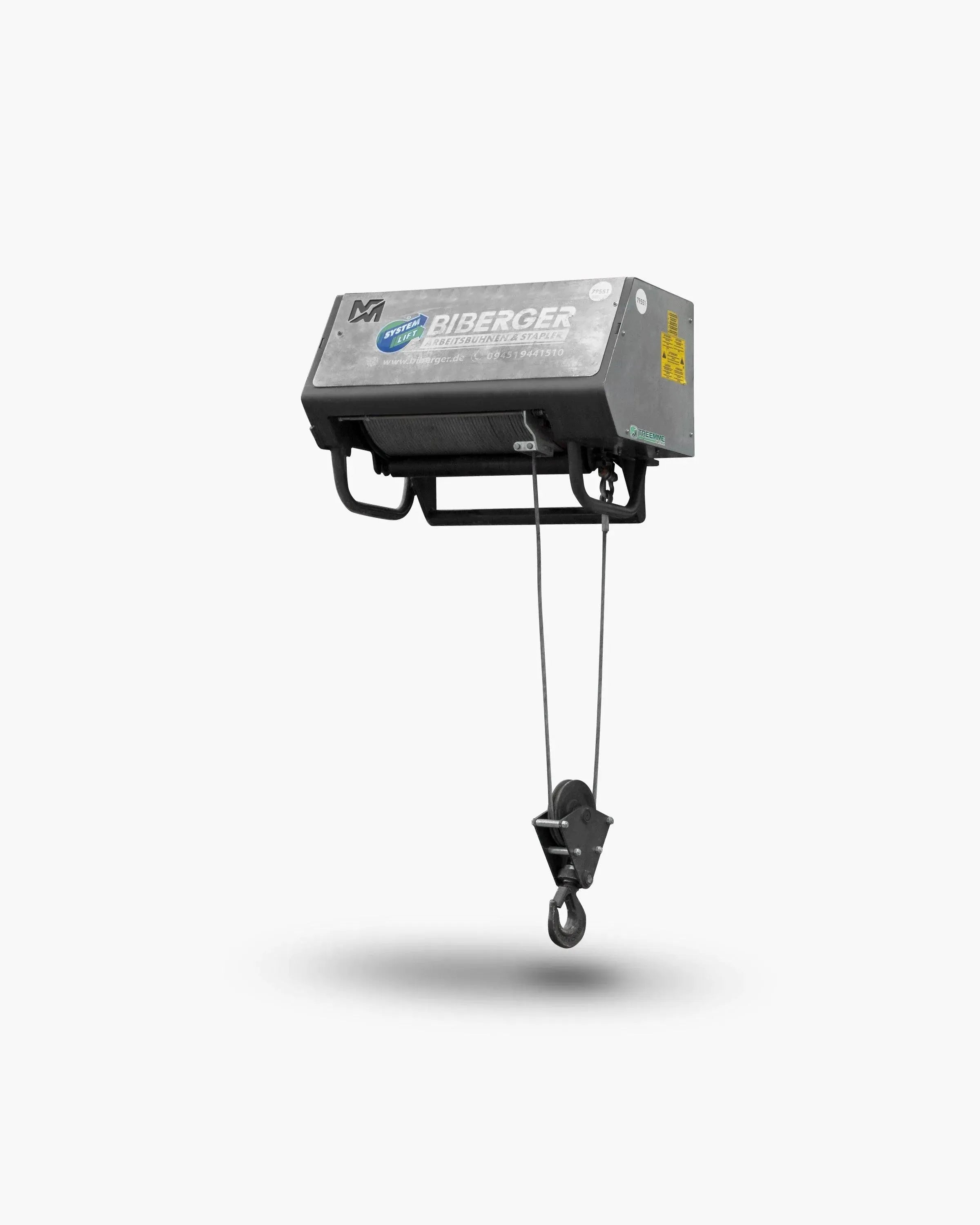
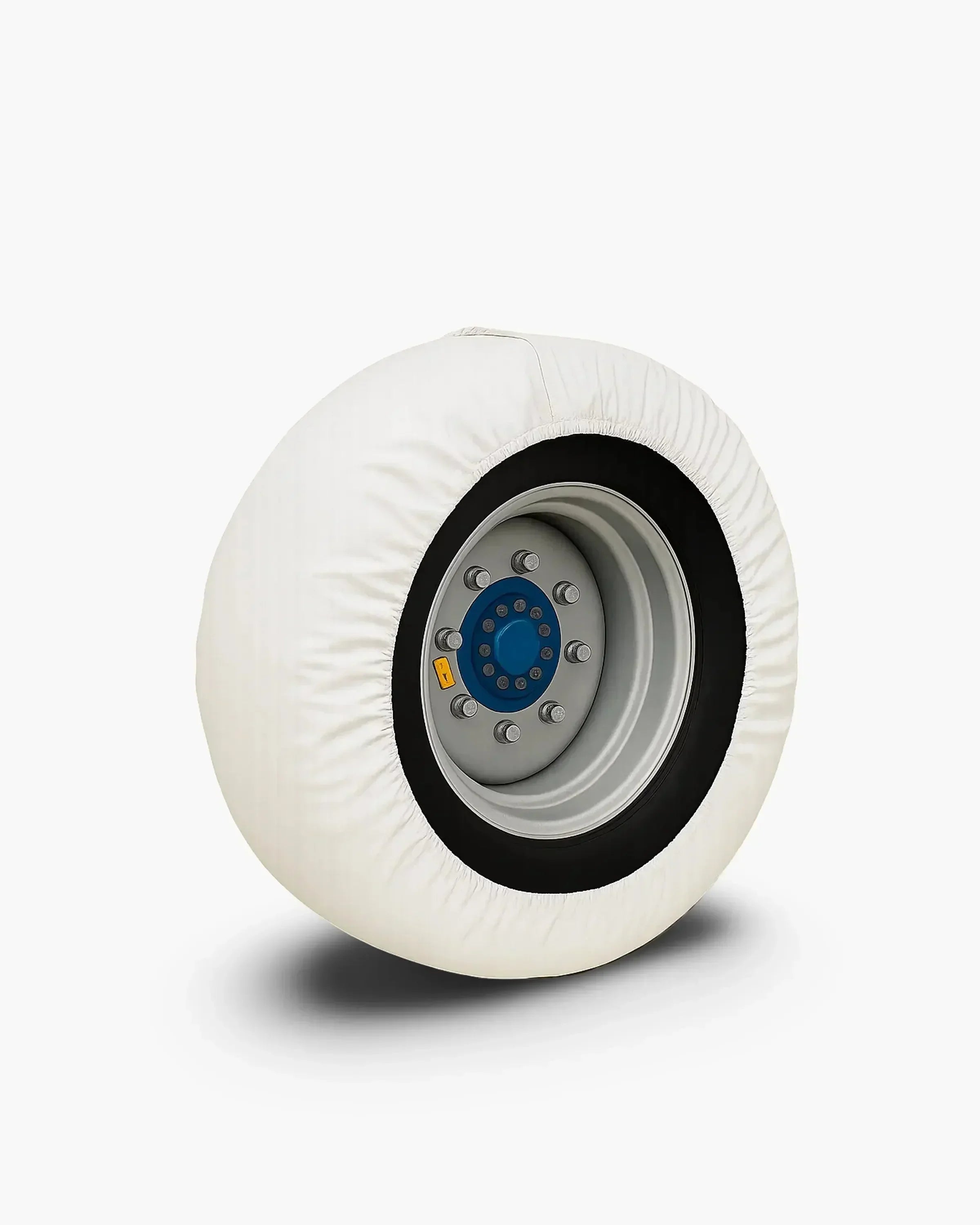


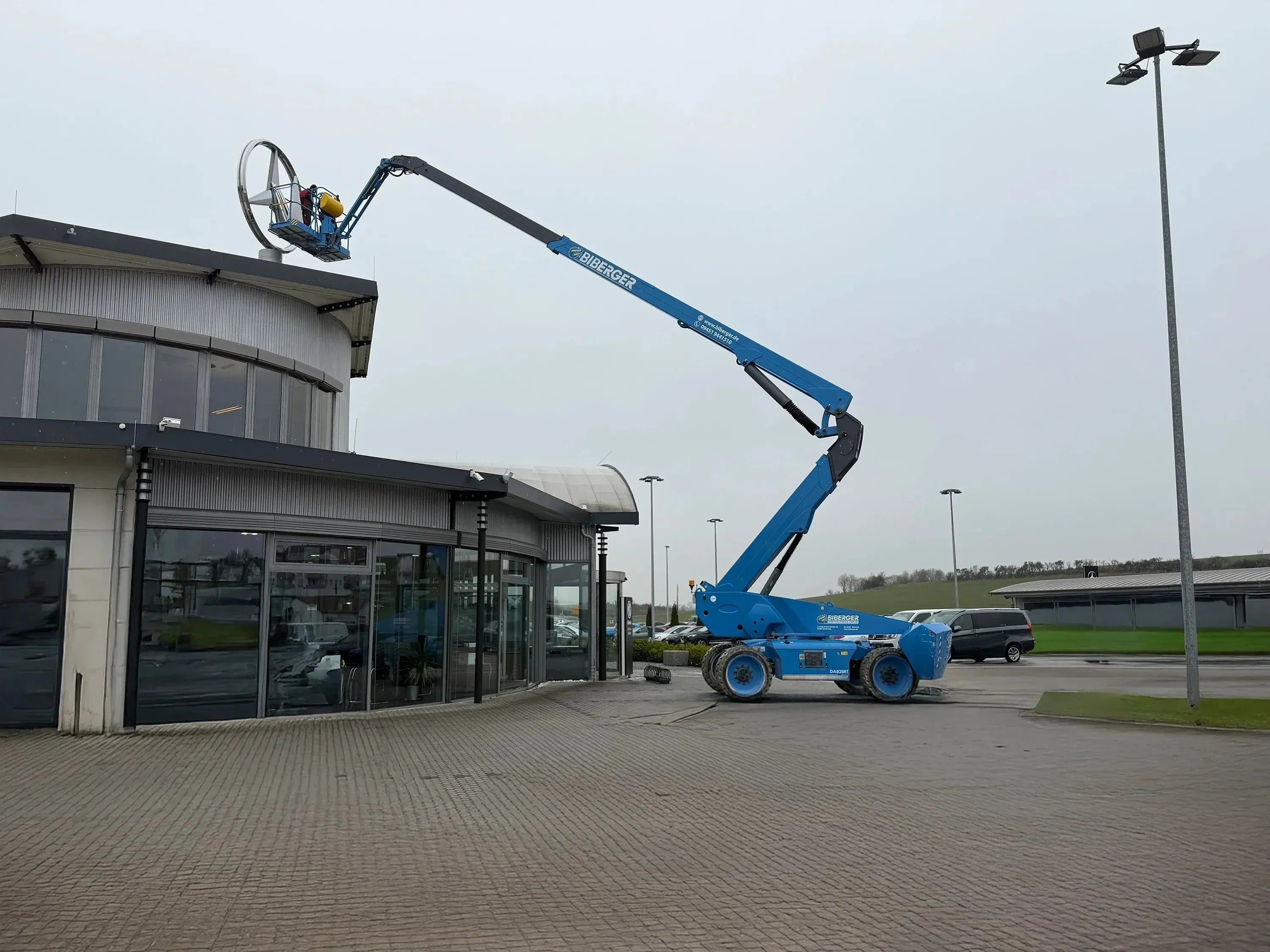

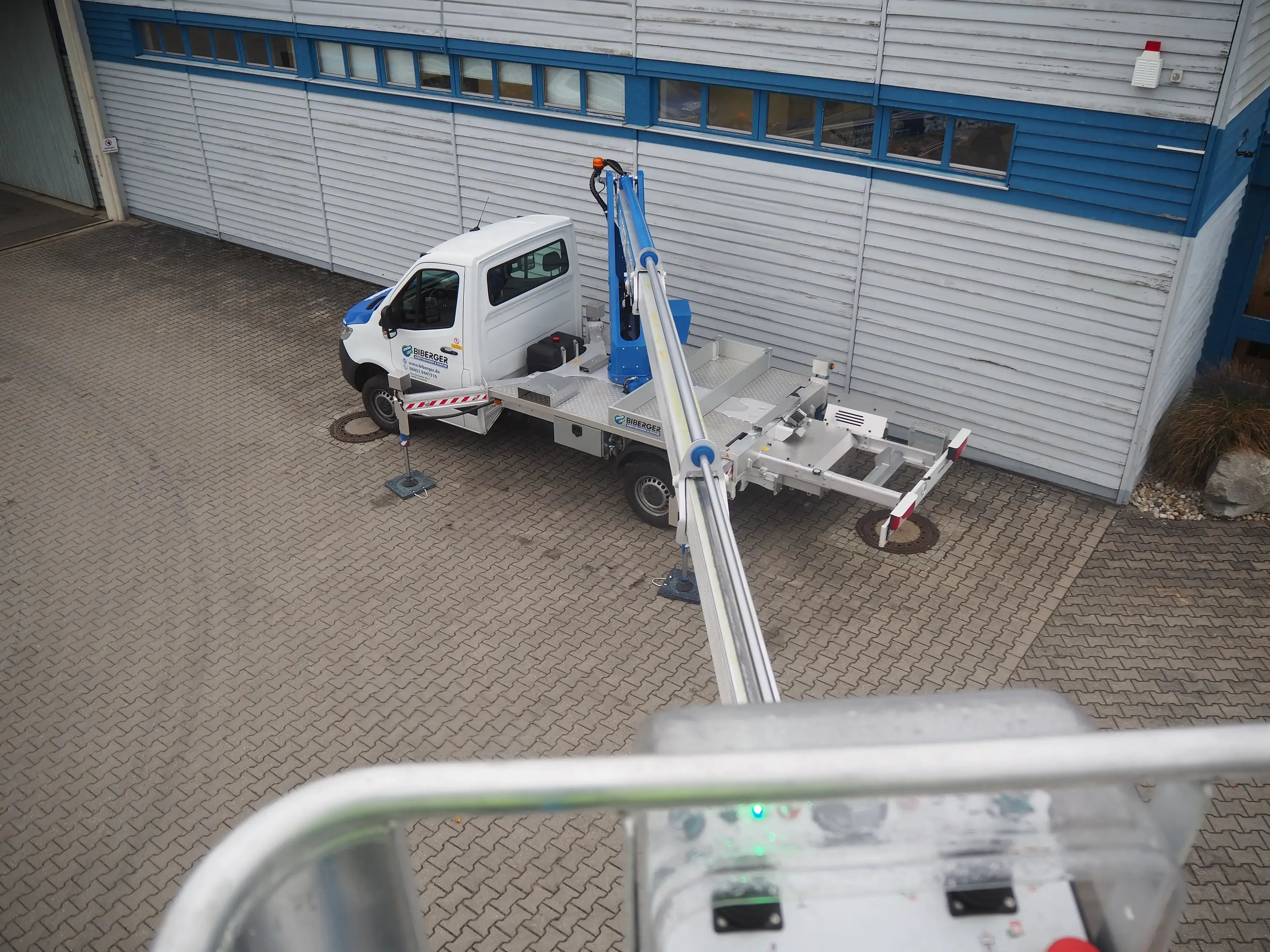


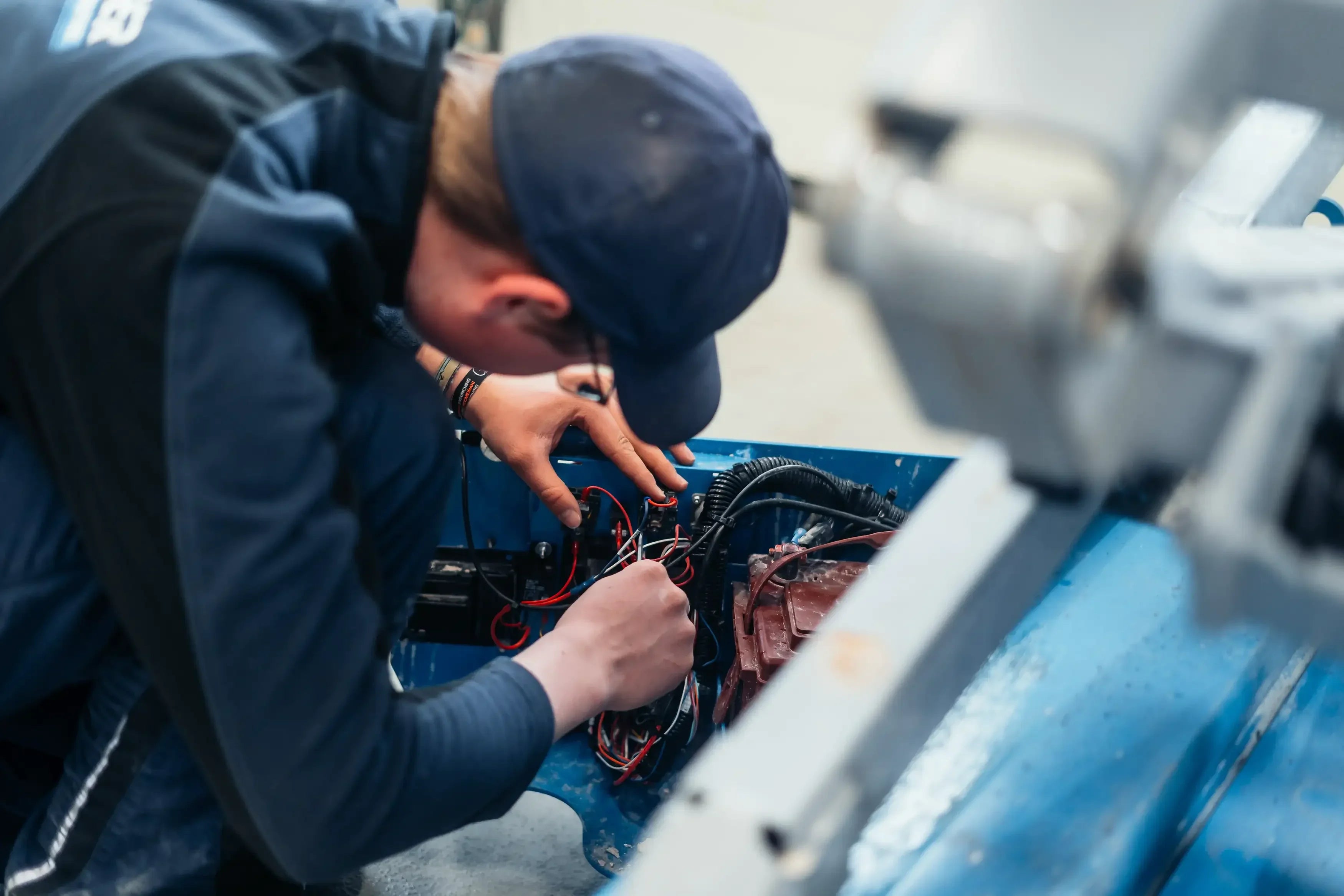
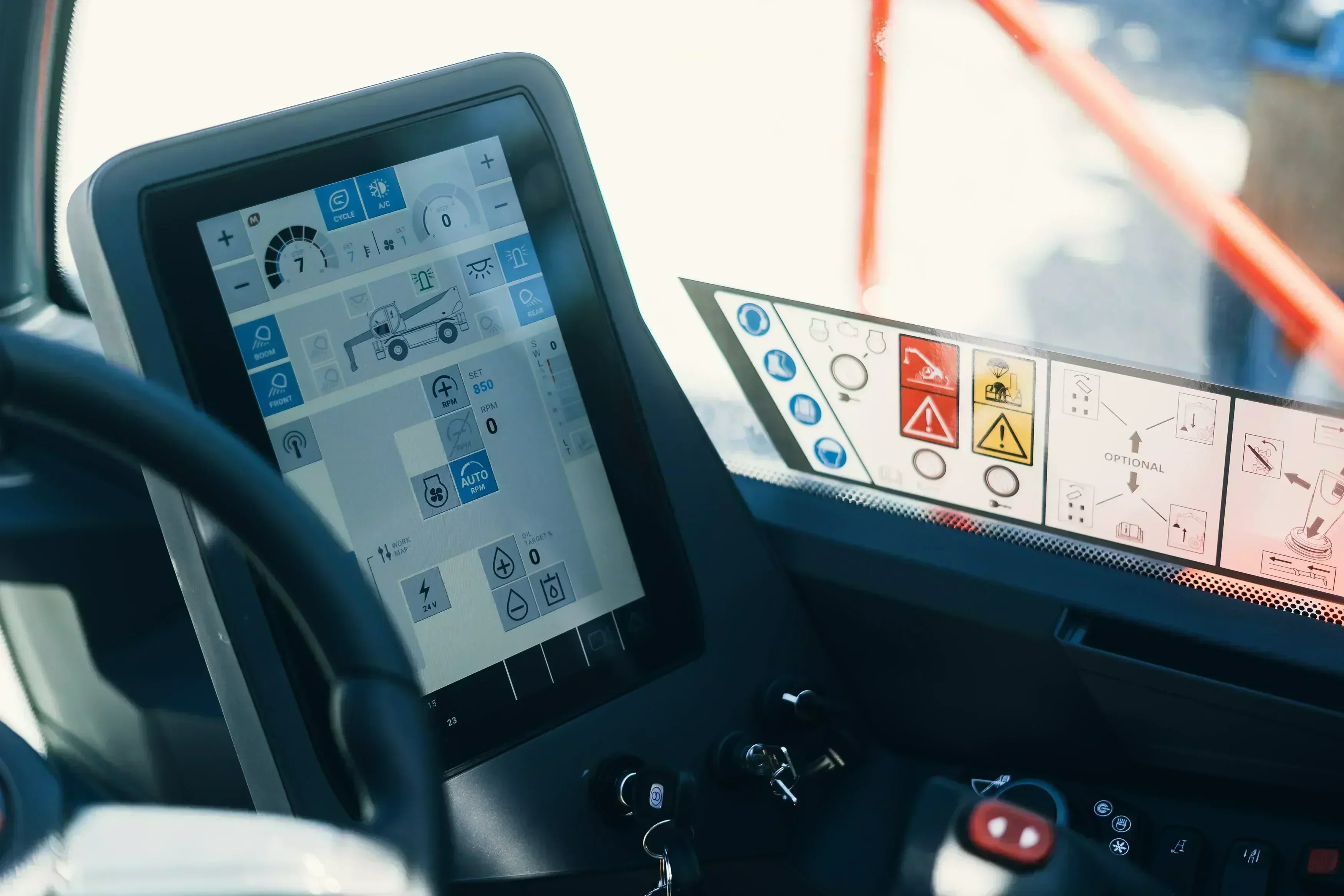
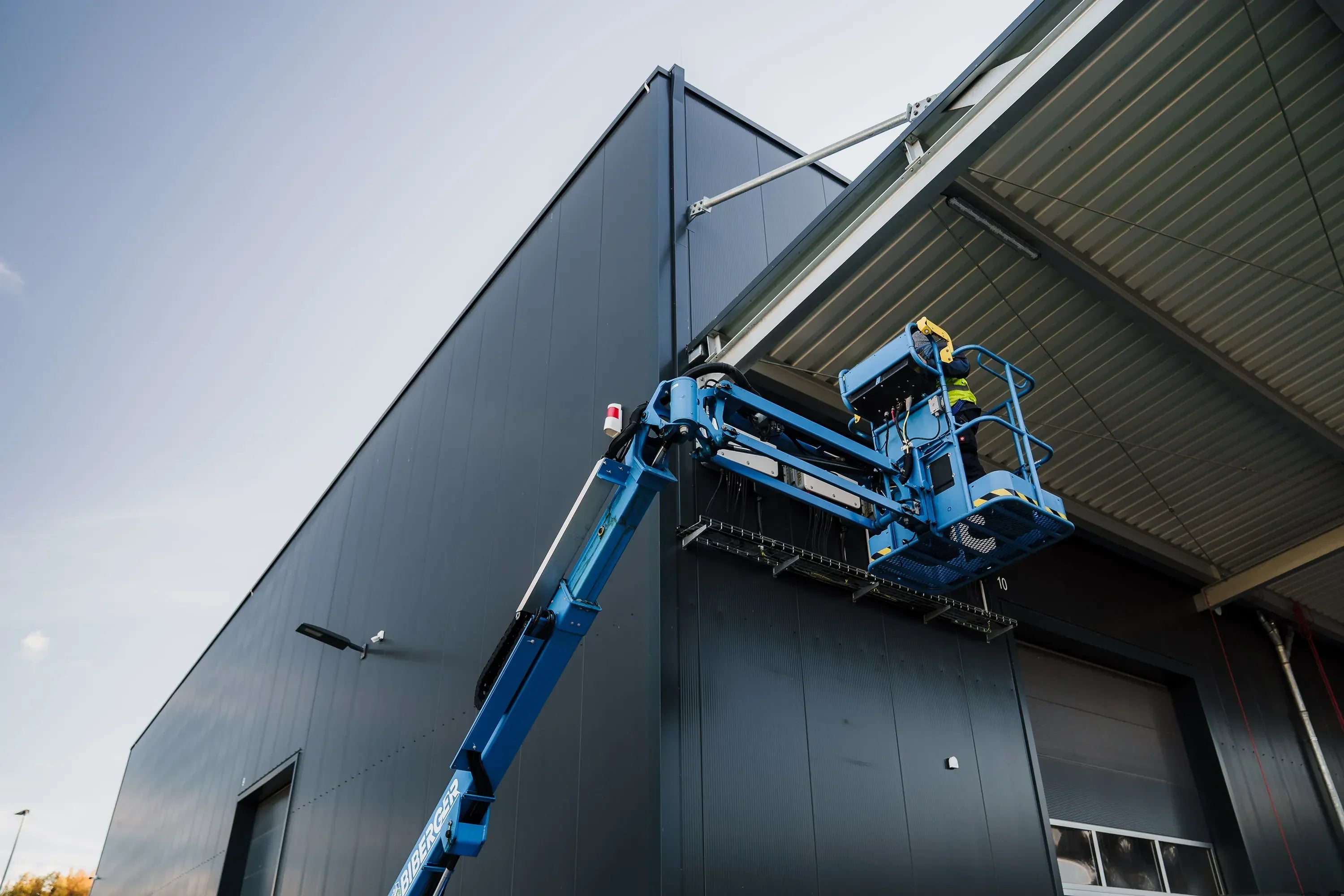
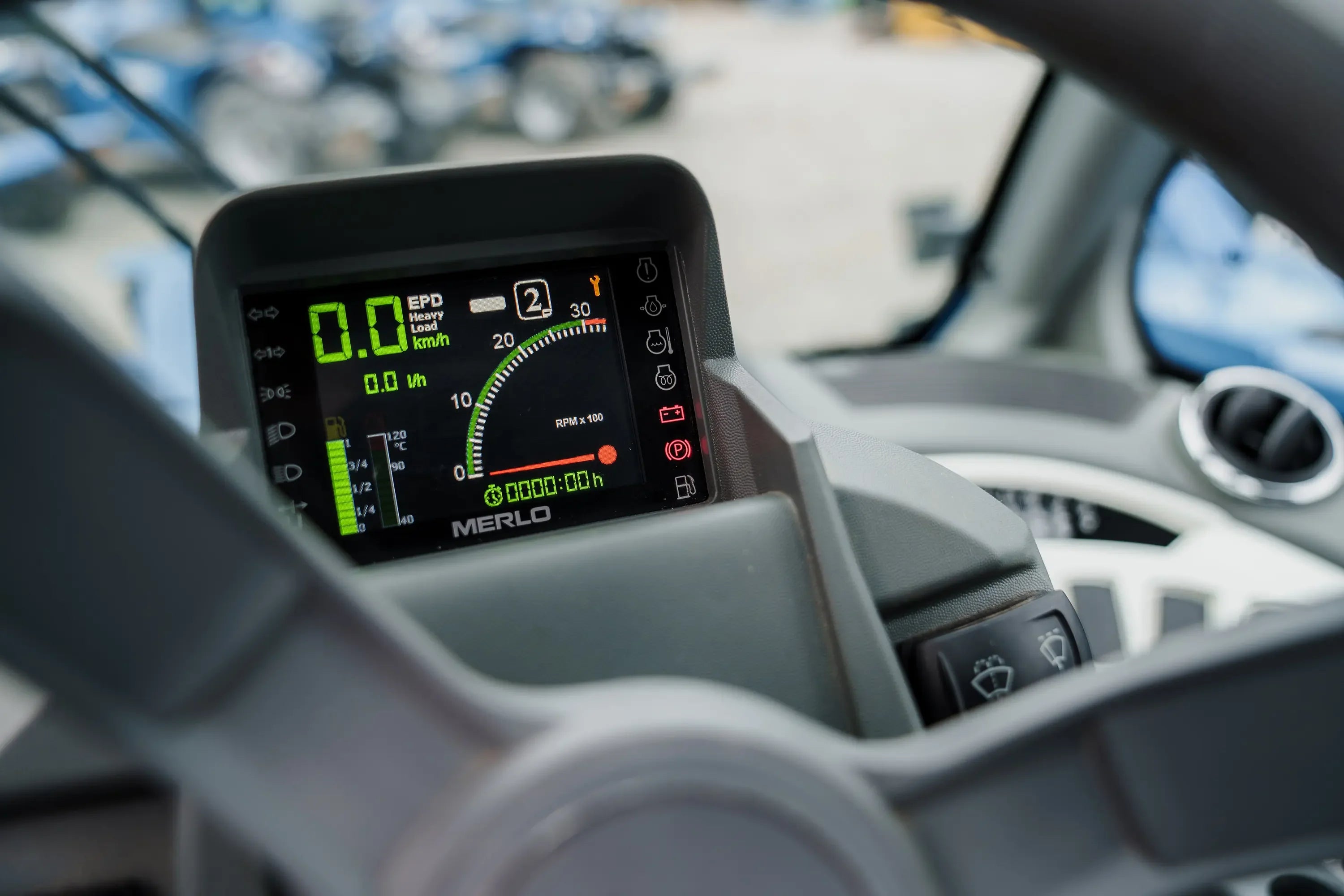
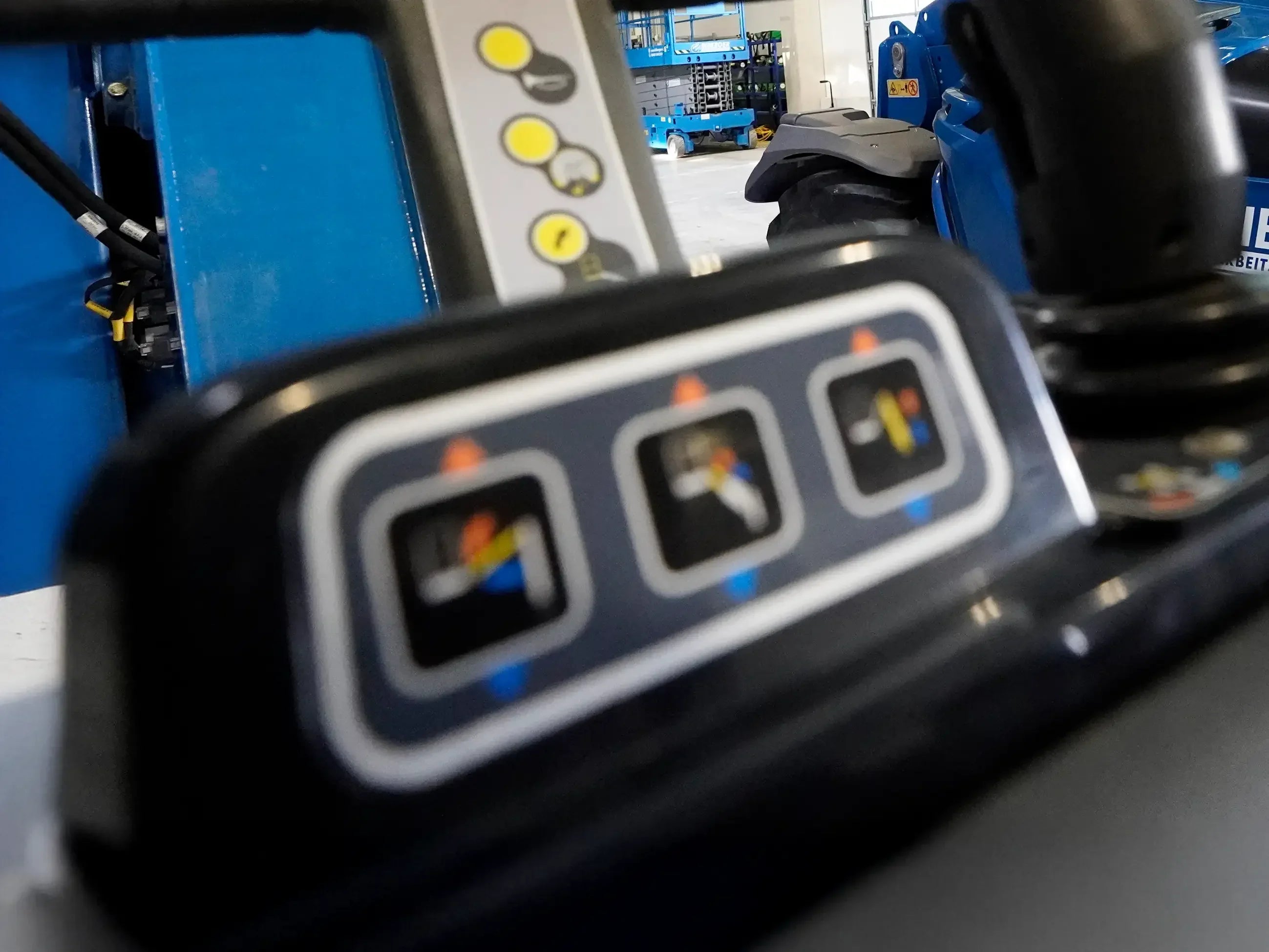






Share:
Forklift work basket vs. real work platform: What is permitted with the forklift?
Choosing the right load capacity: How to determine the required basket load
Our editorial quality standards
The subject content on biberger.de are editorially created, reviewed, and continuously updated. The basis is our daily work with aerial platforms, telehandlers, and industrial trucks – in rental, sales, operational planning, and technical support.
Each article draws on real-world experience and is editorially reviewed for clarity, accuracy, and practical relevance according to expert criteria. Technical statements are regularly compared against current industry standards and best practices.
The aim of our publications is to make reliable specialist knowledge accessible and to offer guidance to users, decision-makers and industry partners. BIBERGER sees itself as an independent information platform for safe, economical and modern height access technology – well-founded, comprehensible and free from advertising influence.